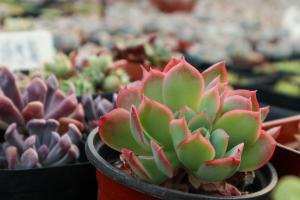1、 Curing method
1. Temperature: its adaptability is very strong. It can adapt to the general environment, so it doesn't need to pay too much attention to the problem of temperature during breeding. It can withstand two extreme temperatures. It can endure the low temperature of minus 20 degrees in winter and still grow tenaciously under the high temperature of 40 degrees in summer
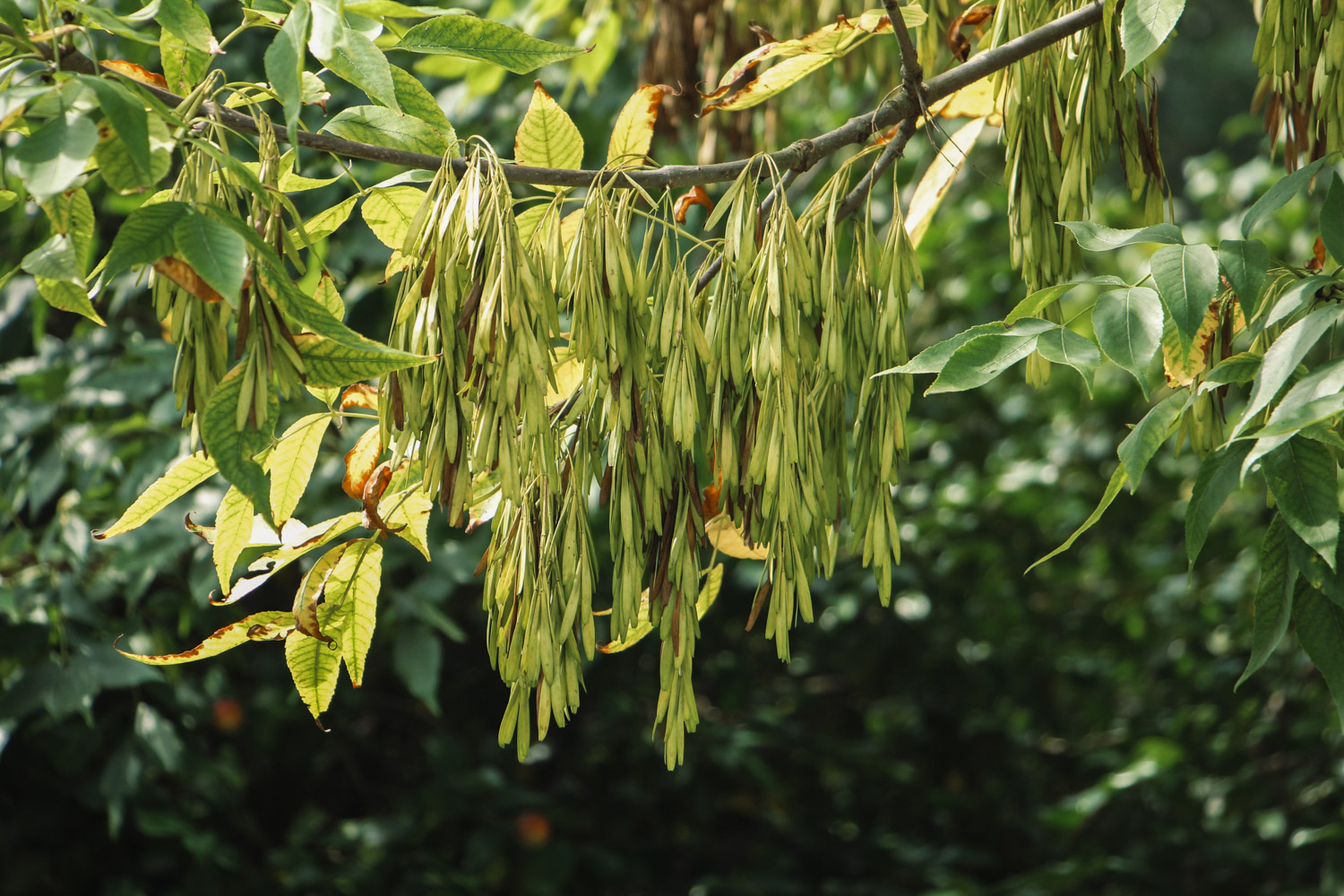
2. Watering: during the growth period, the requirement for water is relatively high, and it needs to be watered frequently. Especially in summer, the water evaporation will be very fast, and the adult tree type is very large, and the absorption will be very fast, so it is necessary to increase the amount of watering. However, it can reduce watering in winter, because it begins to sleep in winter, or it can not be watered
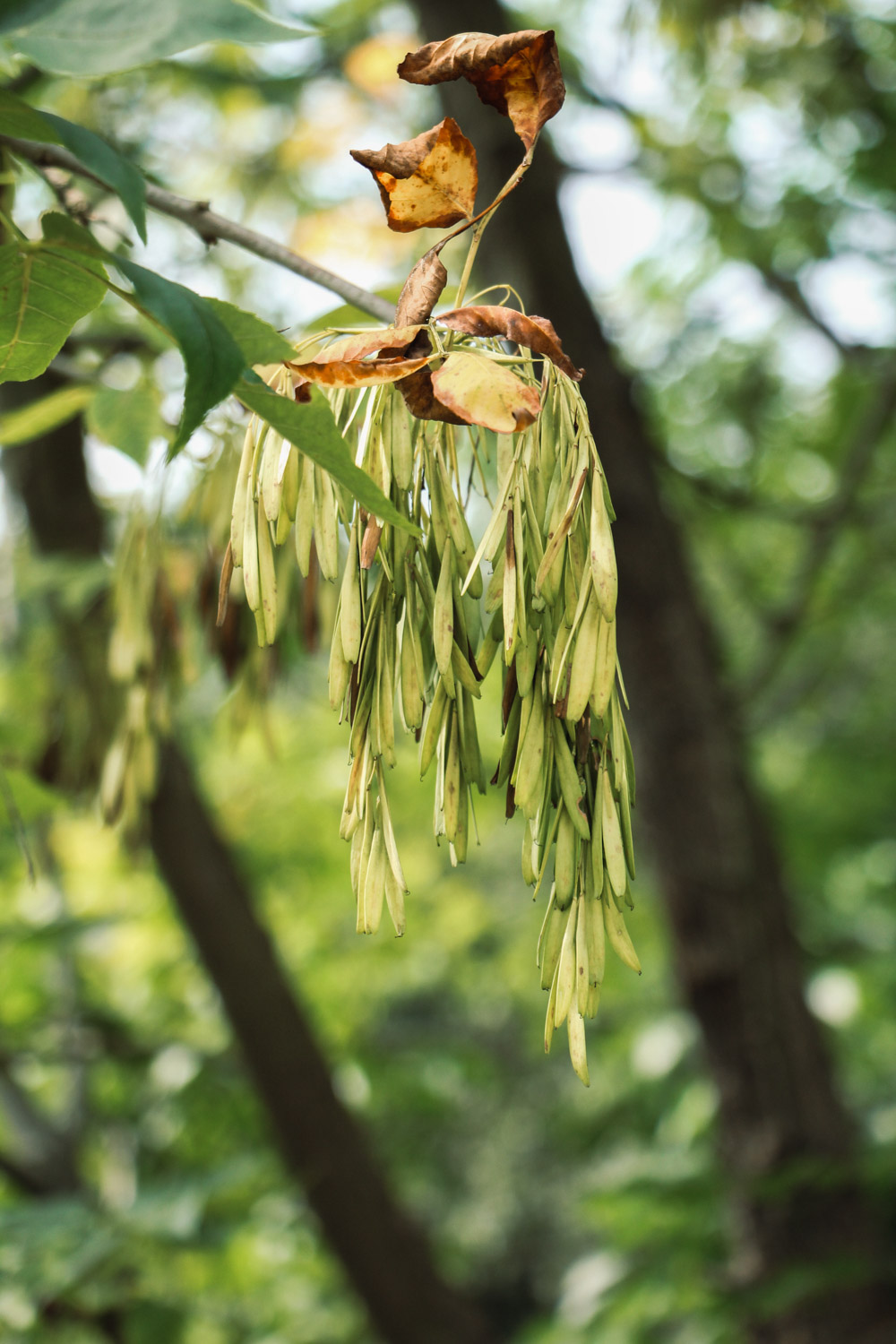
3. Light: strong light in summer needs to be properly avoided, because the plants exposed to strong light will wither and need shade when necessary. However, there is no need to shade in other seasons except summer, because sufficient and warm sunshine can enable it to carry out normal photosynthesis, including winter
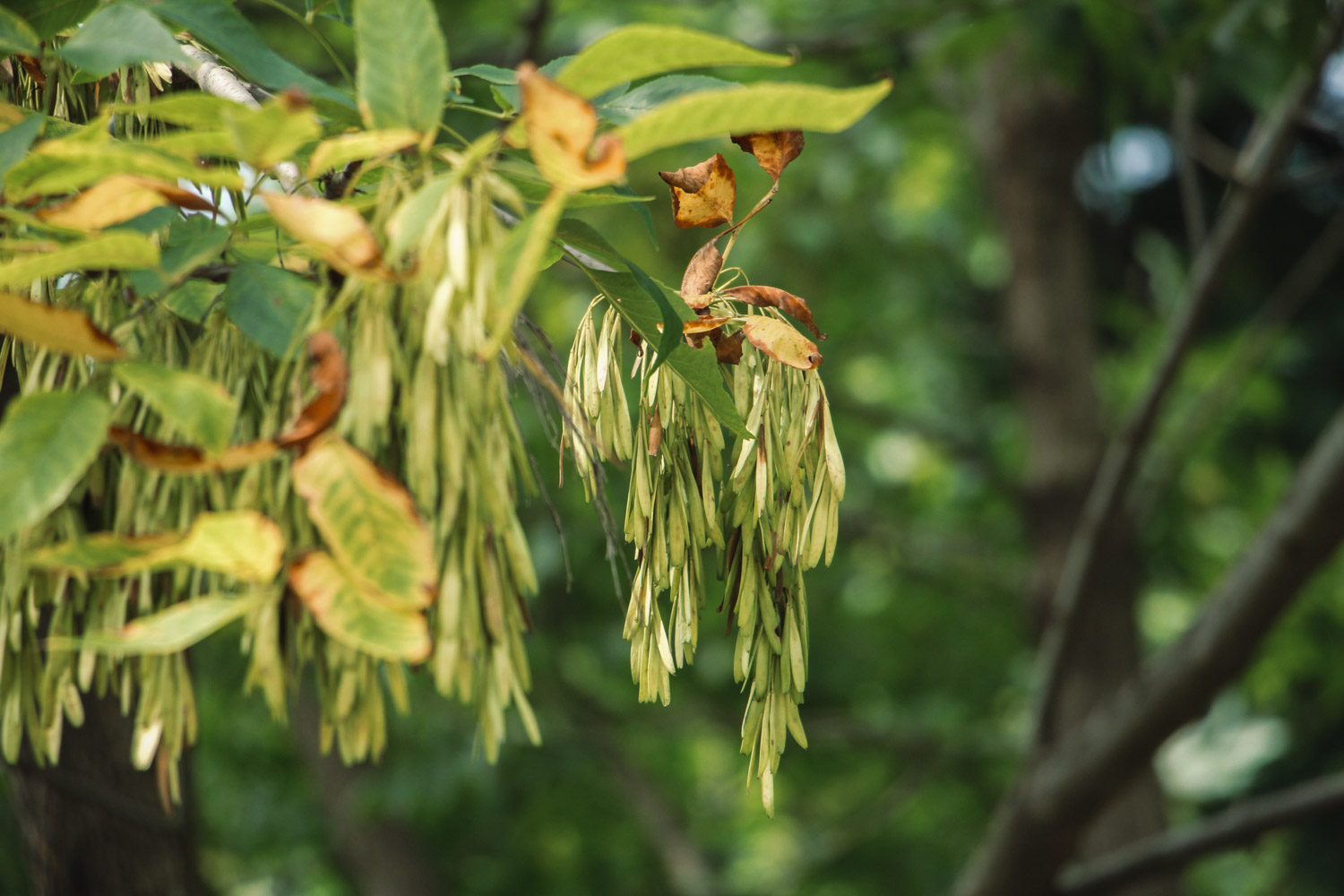
4. Fertilization: it is necessary to apply fertilizer many times during the seedling period, and thin fertilizer and water should be applied almost every other week, but there is no need to apply more fertilizer after adulthood, and fertilization can be stopped for adult plants
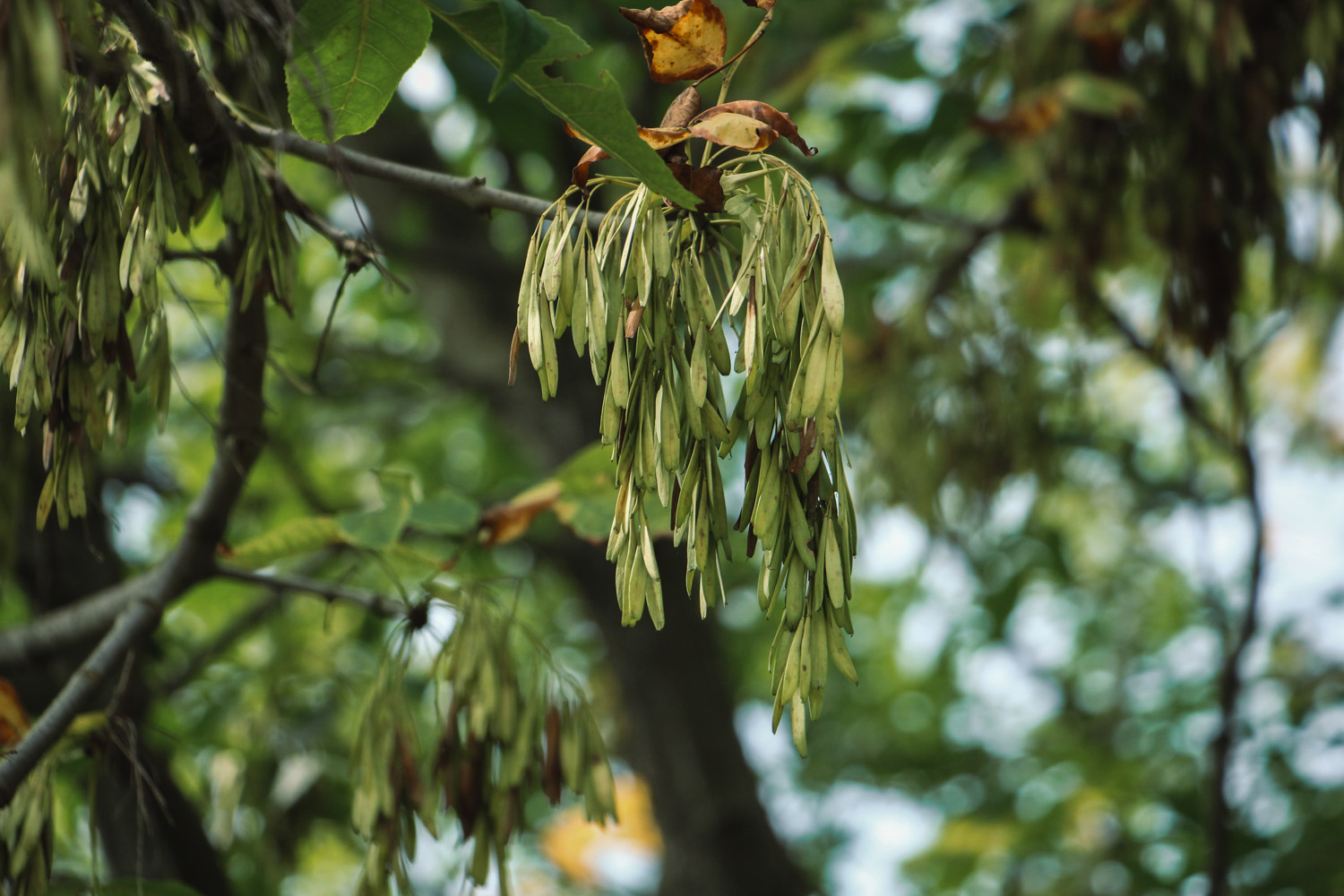
2、 Breeding skills
1. Propagation: cutting is the main way. Cut strong branches with a length of no more than 20 cm, and the soil should be fertile enough. You can apply some organic fertilizer as the base fertilizer, and then cutting can be done. After that, pay attention to watering and lighting and wait for germination
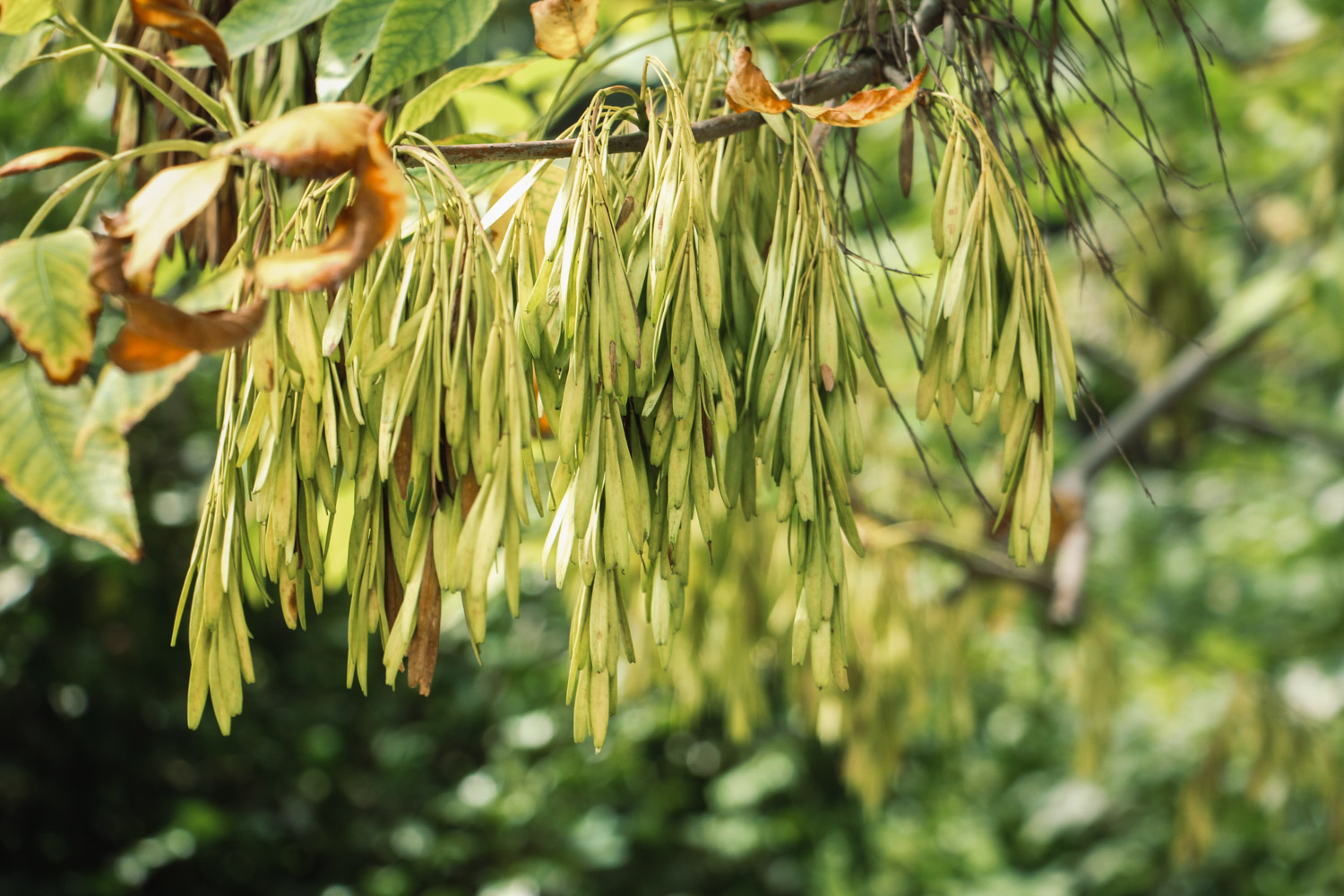
2. Pruning: pruning is very important. Cut off some bare branches and control the plant type well. Moreover, many side branches will grow in the peak growth season. At this time, it is more necessary to carry out pruning, so as to increase the light transmittance
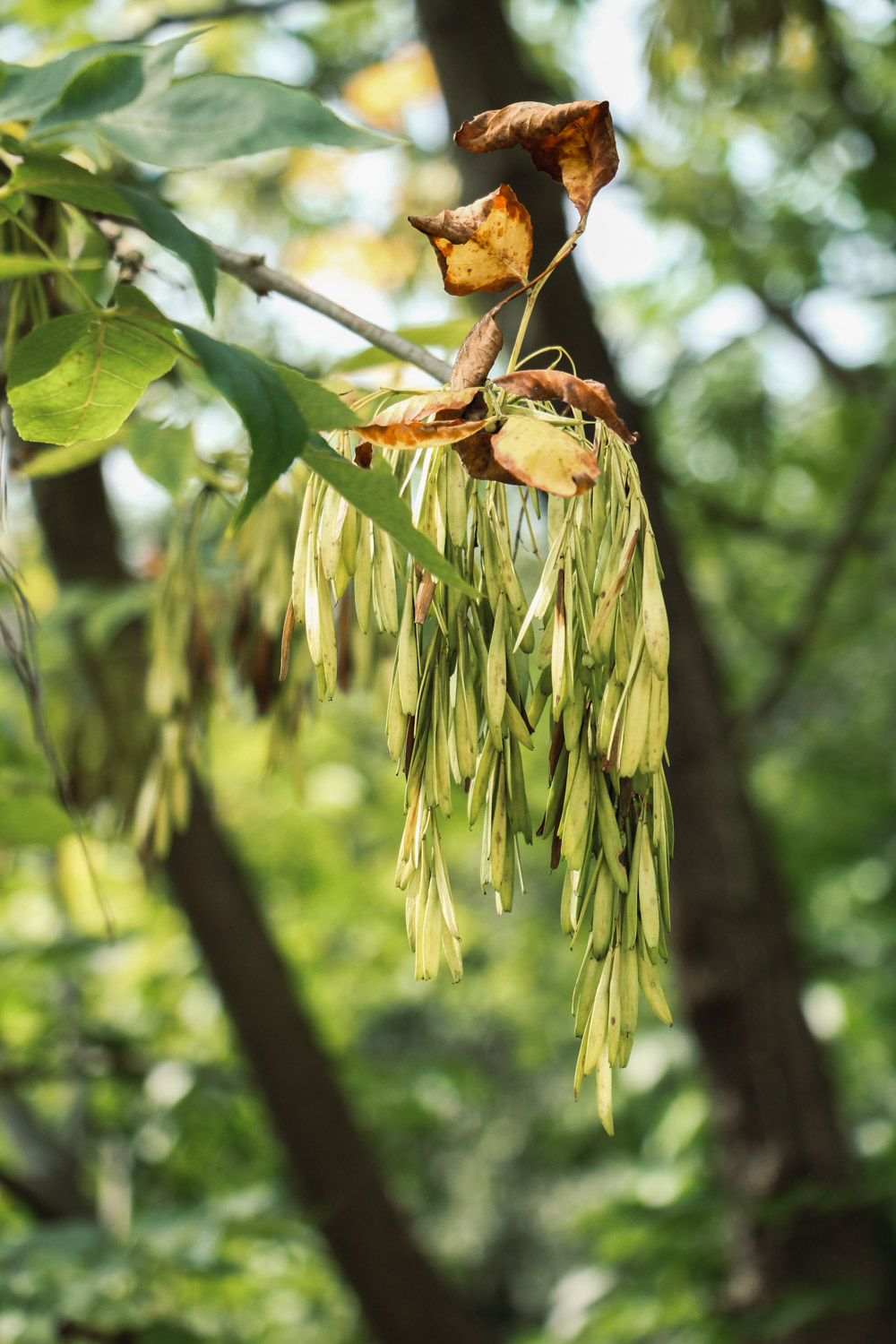
3、 Problem diagnosis and treatment
1. Disease: brown spot can occur and can be controlled by spraying wettable powder

2. Insect pests: longicorn beetles often appear in summer. Dichlorvos solution can be used for control

4、 Other issues
1. Toxicity: no poison, and it has high economic value, suitable for breeding

2. Whether it can be raised at home: No, it will grow better outdoors, and the implication is very good


 how many times do yo...
how many times do yo... how many planted tre...
how many planted tre... how many pine trees ...
how many pine trees ... how many pecan trees...
how many pecan trees... how many plants comp...
how many plants comp... how many plants can ...
how many plants can ... how many plants and ...
how many plants and ... how many pepper plan...
how many pepper plan...




